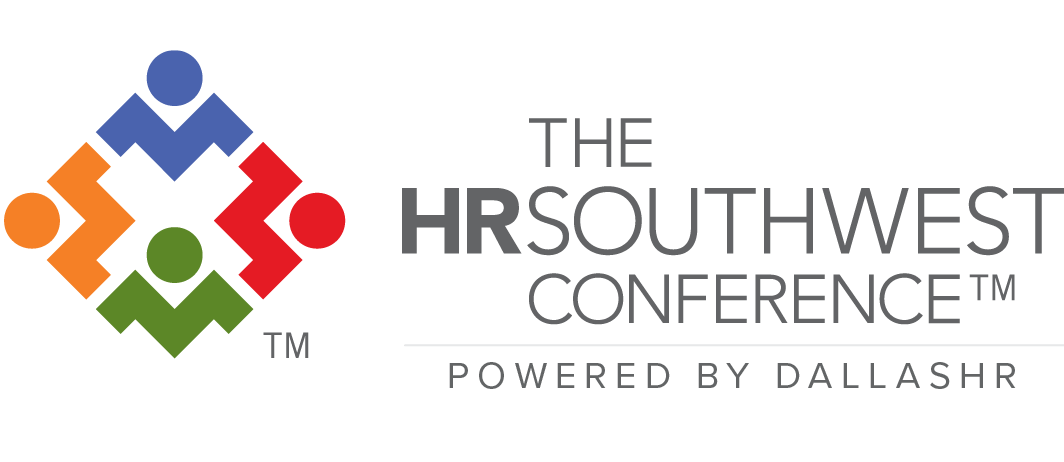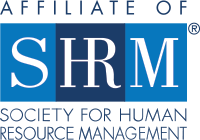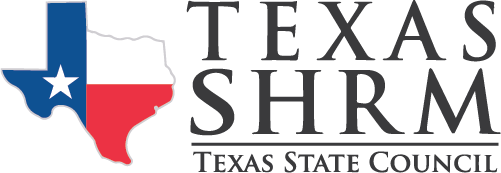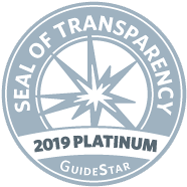
Dallas HR Webinars

Talent Acquisition & Workforce Planning
Effectively finding and keeping talent, creating an environment where people thrive and engaging your workforce. Developing, implementing and evaluating sourcing, recruitment, hiring, orientation, succession planning, retention and organizational exit programs necessary to ensure the workforce’s ability to achieve the organization’s goals and objectives.
39 Results
-
Contains 3 Component(s), Includes Credits Recorded On: 10/28/2019
Returning Favorite! With increasing competition for finding the best qualified candidates and retaining today’s workforce, it’s more important than ever to consider flexible work options in the workplace. In this interactive session, we’ll review the most popular flexible work options your company could consider implementing: telecommuting, compressed work weeks, flexible hours, phased return from leave of absence, job sharing, early release days, and more! We’ll discuss the benefits of this talent management strategy, including increased productivity, decreased costs, better work-life “integration”, and increased employee engagement and satisfaction. You’ll learn how to propose flexible scheduling to your executive team, including how to logistically roll out this program. Whether you’re in a manufacturing plant, corporate headquarters, or retail industry you can apply any of these flexible work options to your organization. Learning Objectives: Understand flexible work options that your company could implement; Learn how to pitch flexible work options as an innovative talent management strategy to your executive team; Deploy a flexible work program in your workplace.
-
Register
- Non-Member - $34
- Member - $19
- More Information
-
Register
-
Contains 3 Component(s), Includes Credits Recorded On: 10/28/2019
If an organization isn’t achieving its desired business results, the “why” boils down to this, you have a people problem. This lively session will cover how to implement Talent Optimization by aligning business strategy and people strategy leveraging people data. When business leaders measure people data and apply the resulting insights, they are empowered to make objective decisions rather than subjective ones. If you have skipped steps in your design, hire or inspire efforts, your people won’t be able to work together at their best and will create a drain on the organization. Participants will learn a methodology that is essential for bringing strategic goals to fruition in the form of business results. Learn to attract and develop leaders who are motivated by change and improvement and hire and retain the best candidates for open positions to ensure that individuals, managers and teams are executing at their full potential. This is the only way your organization can produce optimal business results. Learning Objectives: Increase the quality of candidates in your talent acquisition process; Understand what motivates your employees and how to foster that within your leadership and culture; Learn proven methods for retaining team members.
-
Register
- Non-Member - $34
- Member - $19
- More Information
-
Register
-
Contains 3 Component(s), Includes Credits Recorded On: 10/28/2019
Federal affirmative action contractors and sub-contractors are required to collect and analyze a plethora of data related to applicants and employees. When properly prepared, affirmative action plans can be both compliant and insightful into the make-up of a contractor’s workforce and impact of its employment decisions. However, affirmative action plans do not tell the entire story from a diversity and inclusion perspective. In the current landscape, organizations of all types and sizes are feeling more pressure than ever, both internally and externally, to be diverse and inclusive. This session will focus on how employers can leverage their affirmative action obligations (and, perhaps, analytics) to create or support a corporate diversity program while side-stepping possible, negative legal consequences. We will explore using AAP data to investigate areas that are important for the achievement of diversity and inclusion and discuss practical ways to use existing data to develop plans for addressing and monitoring your organization’s efforts. Learning Objectives: Learn if your AAP statistics can be leveraged in your diversity and inclusion program; Understand how you use your AAP statistics to support your diversity program; Identify the concerns with using your AAP statistics to support your diversity program.
-
Register
- Non-Member - $34
- Member - $19
- More Information
-
Register
-
Contains 3 Component(s), Includes Credits Recorded On: 10/28/2019
Freelancers have historically been looked at as an additional workforce cost and a burden or liability regarding compliance. Session participants will look at a focused contractor strategy including leveraging contractor compensation, compliance, and culture and communication as a benefit with real ROI to the organization. Learning Objectives: Explain why compensation is key to recruiting and retaining world class contractors; Understand how culture and communication drive exponential productivity; Develop a focused contractor strategy that will drive compliance and help avoid misclassification issues.
-
Register
- Non-Member - $34
- Member - $19
- More Information
-
Register
-
Contains 3 Component(s), Includes Credits Recorded On: 10/28/2019
Structured behavioral interviewing is a standardized method of eliciting information from a job candidate about his or her relevant past behavior and performance. Interviews are based on the premise that past behavior is the best indicator of future behavior. Because structured behavioral interviewing eliminates such ineffective practices, it is quickly becoming the interviewing method of choice for companies of all sizes. Human resource professionals who invest time, effort, and create a well-designed structured behavioral-interviewing programs can help managers more accurately predict a candidate's potential for success on the job. During this session, participants will learn how to listen to their top talent in order to develop predictive answers for their questions. Once predictive answers are developed, the presenter will take a quick dive into illustrating how to develop valid and reliable questions. Learning Objectives: Define structural behavioral interviewing, selection and talent interviewing concepts; Learn how to listen to your top talent to create questions and predictive response; Write reliable and valid questions for predicting candidate behavior.
-
Register
- Non-Member - $34
- Member - $19
- More Information
-
Register
Per SHRM and HRCI recertification guidelines, online content is eligible for recertification credit for two years from date of capture. Content will expire based on the following schedule:
- 2019 Conference Expiration Date: October 31,2021
- 2018 Conference Expiration Date: October 1, 2020
| Access Date | Quiz Result | Score | Actions |
|---|
Instructions for Signing In
Please sign in to the Online Learning Center with your DallasHR.org Username and Password. All attendees of the HRSouthwest Conference have credentials to sign in, even if you've never signed into the DallasHR website. Click "Log In" above and then choose "Forgot my Username". Enter the email address used to register for the conference and you'll receive instructions from info@dallashr.org
Question? Please email education@dallashr.org





